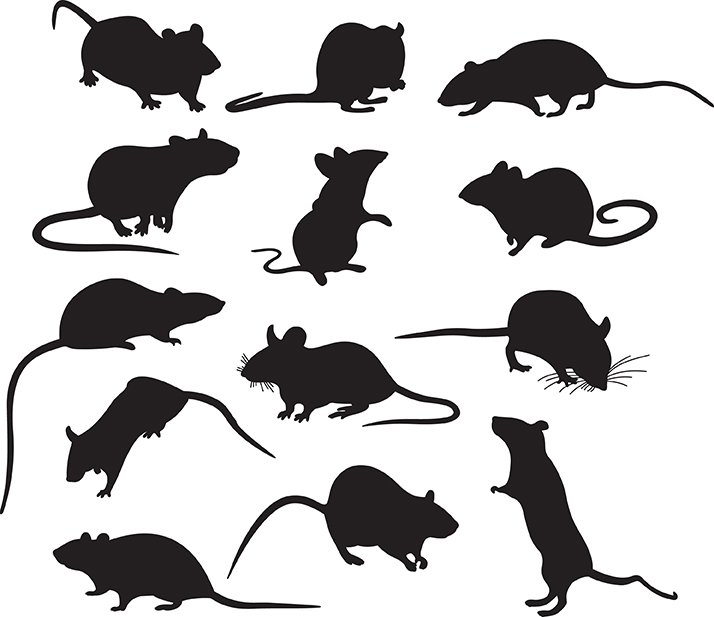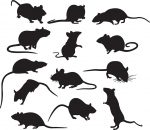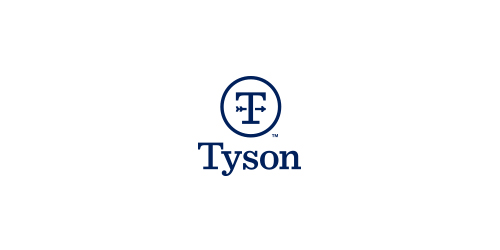As the world continues to work toward economic recovery from the COVID-19 pandemic, food manufacturers have been investing in products and equipment that can enhance their growth. The following are some communication tools that companies should consider adding to their arsenal to improve collaboration between workers, prevent costly mistakes and save money in the long run.
1. Cloud-Hosted Technology
With remote work becoming common in companies across the world, cloud-based technology is turning out to be an invaluable asset. In 2021, we saw a rise in labeling software providers that offer ways for local labeling software to get access to data stored in the cloud. That made it easier to obtain variable data that needed to be put on label templates at print time.
Cloud-hosted technology allows food manufacturers to print the correct labels with the right data at the proper time, and in a simple and secure manner. As a result, they can avoid risky and potentially dangerous mistakes in labeling.
2. Smart Manufacturing
Smart manufacturing is a method for companies to use data to optimize every part of the production process. Radio frequency identification (RFID) and barcode technologies are two of the most popular data carriers used by IoT devices. Such device-to-software communication helps efficiently deliver data while avoiding time-consuming manual procedures that might result in more time loss or costs.
3. New On-Spot Communication Equipment
Many factories still use cheap and outdated headsets to communicate inside loud spaces and next to machinery. That often results in unclear messages. Failing to give and receive a clear message can have dire consequences, especially in terms of food safety. For this reason, food manufacturers should regularly update headsets and other devices they use to convey messages inside factories.
Enhance Communication in Loud Facilities
There are companies that offer a modern solution to the communication problems inside factories. The following are some quality options to offer to enhance communication in loud places.
1. Two-Way Communication Headsets
Originally intended for tour guides and their groups, two-way communication headsets can have various purposes inside food factories. For instance, you can use them to make effective communication easier among your workers in the noisy parts of your plant. Or perhaps, you can use them when you bring in visitors, business partners and potential investors for a quick and interactive look around. In any case, a wireless two-way headsets system makes talking and listening quick and simple, despite ambient sounds.
Furthermore, most headsets for factories and tours are often heavy and bulky, which is why they quickly start irritating those wearing them. On the other hand, these two-way headsets are designed to be comfortable, attractive and lightweight, making them ideal for wearing for a longer period of time. And they are aesthetically appealing for any audience, including top VIPs. Therefore, your team and your guests will be able to focus on the information and their tasks with complete comfort and without any distractions. As a result, you will notice increased comprehension of your message with outside visitors and a higher level of efficiency and safety in your production areas as well as food safety levels.
2. Staff Communication Systems
A multi-channel staff communication system is another good way to ensure food safety in your factory. One example is a system that has fifteen channels, making it great for multiple employees, workgroups, and team communications, and has a transmission range of up to half a mile. It also has a two-way radio technology with privacy and long talk settings that allow you to speak without being interrupted. These types of headsets are sometimes outfitted with non-porous vinyl, which means you can disinfect them after each use.
Such a communication system also comes in handy in factories that follow COVID-19 social distancing guidelines. Not only can your employees stay safe by putting more space between each other, but their communication will remain clear and easy. That way, they will be able to focus on production and other safety guidelines.
3. Wireless Systems
Clarity of message is crucial to maintaining the necessary level of food safety in your plant. Good quality wireless systems provide clear, crisp sound, effective transmitting range, and great battery time. Furthermore, they are easy to use, maintain and store. Wireless systems also feature audio guide systems that make sure you don’t have to be worried about machinery being too loud and interrupting important information.
Conclusion
The past two years have taught us that food manufacturers who want to thrive despite both predictable and unexpected challenges need to respond and adapt quickly. A huge part of that flexibility comes from the willingness to accept changes and new tools that modern technology brings. So, from cloud computing to barcodes and better headsets, any step you take to improve communication in your factory will undoubtedly pay off in the long run.






















